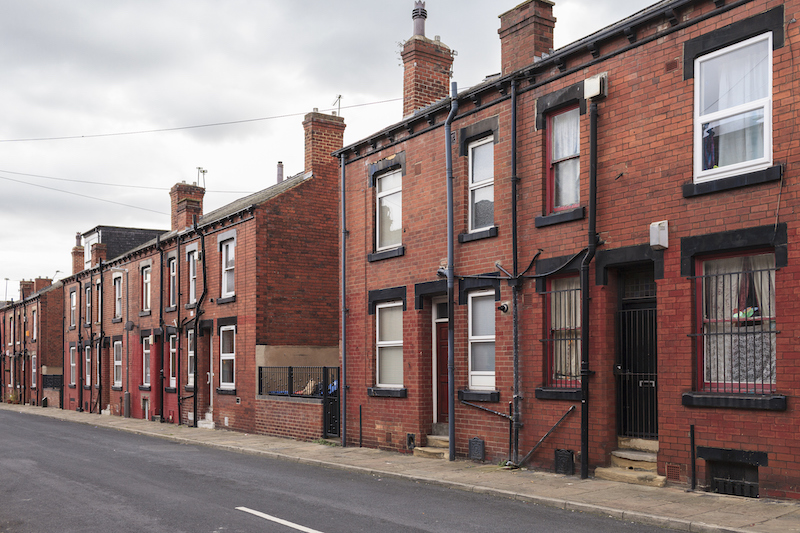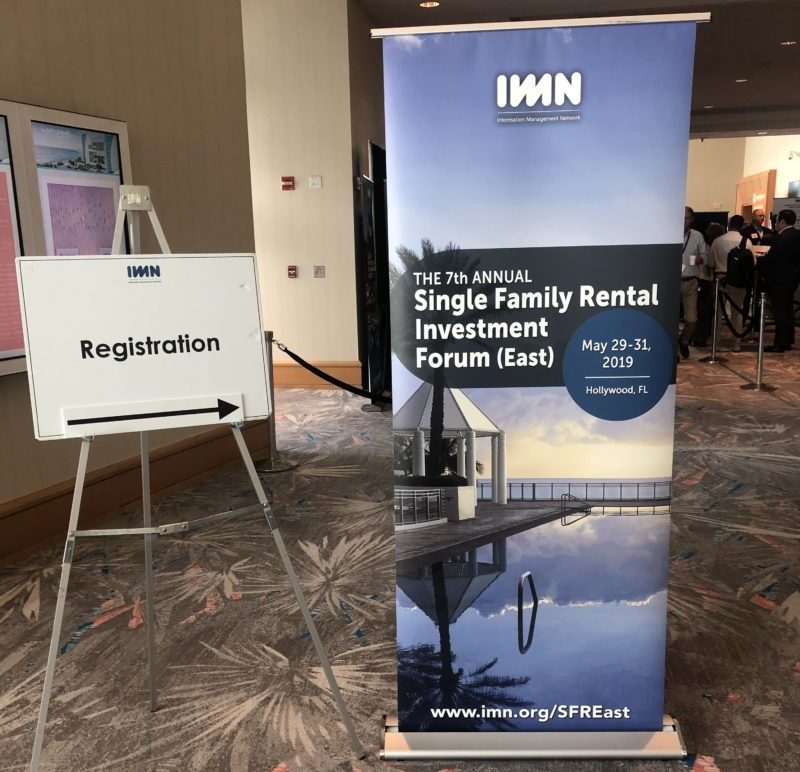Research
The House Appropriations Committee approved $56.5 billion in new funding for HUD in fiscal year 2022 (FY22), reflecting the Administration’s focus on housing affordability. Read on for a breakdown of the proposed budget and its implications for affordable housing.
Articles
After falling four consecutive quarters, effective rent growth finally turned positive during the second quarter of 2021, although remained down year-over-year. The vacancy also improved, driven by strong apartment demand and new household formation.
Articles
After falling four consecutive quarters, U.S. multifamily rent growth finally turned positive during the second quarter of 2021.
Current Reports
The Q2 2021 Single-Family Rental Investment Trends Report delves into the SFR market’s fundamentals and performance metrics through the first half of the year. Access exclusive research and analysis by reading the full report.
Record Demand Sends Rents, Values Soaring as More Institutional Players Enter the Space The single-family rental (SFR) sector is on track for solid expansion in 2021, with several measures reaching historic levels in the second quarter. This report features exclusive, timely data and analysis on the SFR market and examines what’s ahead. Key Findings: Occupancy rates rose to the highest level since 1994 Vacant-to-occupied (V20) rent growth accelerated to a record high Cap rates dipped amid rising asset valuations Complete the form to instantly access the full report!
Articles
Annualized 2021 estimates of new lending volume on small multifamily loans are on pace to finish the year at $57.1 billion. Here’s a quick look at Q2 2021 small multifamily investment benchmarks.
Articles
High construction costs combined with shortages in building materials and qualified labor are disrupting residential development. Construction’s labor recovery is failing to keep pace with rising demand for new housing units











